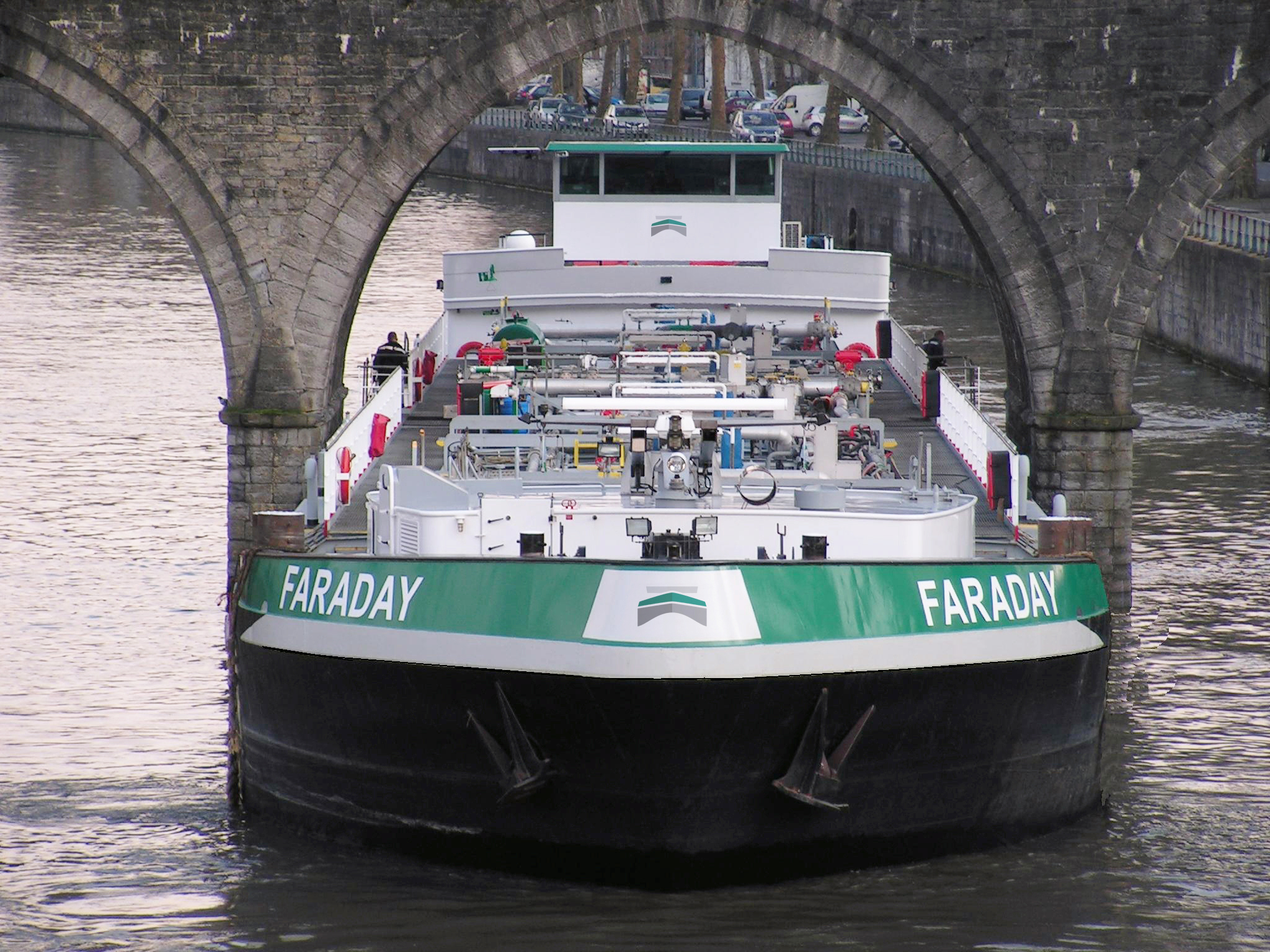
- #KONICA MINOLTA CAMERA PRICES MANUAL#
- #KONICA MINOLTA CAMERA PRICES FULL#
- #KONICA MINOLTA CAMERA PRICES ISO#
#KONICA MINOLTA CAMERA PRICES FULL#
There are several other switches around the body - it's full of them - that are used to set various options without having to access the LCD. These are fiddly to adjust, but are still ideal for those who prefer the good old fashion method of mode adjustment. Positioned under each of the top dials are smaller dials for setting flash compensation and drive modes. In fact, I started wishing it had a shutter speed dial too.but where that would normally sit is the exposure mode dial. This is a pleasant change - button modes are fine, but having a dial for exposure compensation makes things much quicker.
#KONICA MINOLTA CAMERA PRICES MANUAL#
You can set the exposure compensation just like you did using an old manual focus SLR. On the subject of big, another thing that's appealing is the traditional mode dials. The display offers two levels of magnification too, so those who find it more comfortable to read big print novels will really love this camera. The downside was I was lighting up like a glow worm every time I made any adjustments - hardly inconspicuous!
#KONICA MINOLTA CAMERA PRICES ISO#
I took it to a concert where the only lighting was pointed at the band and the large LCD panel proved invaluable, allowing me to adjust ISO and exposure without fumbling around. The advantage here is that Konica Minolta can afford to make the display's numerals bigger, making it perfect for the shorter sighted user, but also for easier viewing in low light. This not only provides a superb image preview, but also a system menu and, as there's no small top plate LCD, it's even the main operating mode panel. At first glance, the key difference between this and its competitors is the huge 2.5in LCD on the back. Konica Minolta Dynax 7D handlingĮxisting Minolta owners will approve of this shares the same design as the current Dynax 7 and feels great to hold.


The build quality appears higher too so you do get what you pay for in terms of build, but performance? Well that's another issue we'll cover later. So if you're out for you first SLR it would be worth the extra, if viewfinder clarity when composing is important. Both the Dynax 7D and the *ist D cameras have a similarly bright viewfinders which are lacking on models such as the lower priced EOS 300D and the Fuji S2. The bigger LCD is a bonus, but with that you're also getting a heavier and bulkier camera. Similarly there's not much to convince a Pentax owner to move. Canon will sell more bodies because of the huge number of EOS owners already out there and it's hardly likely that an EOS owner would want to change ship for this camera.

The EOS20D has an edge over the Dynax 7D with the higher resolution 8m pixel CMOS sensor and a faster top speed of 1/8000sec. With a price tag of just over £1600, the Dynax 7D, complete with a standard 17-35mm zoom, fits in the same bracket as the Pentax *ist D and Canon EOS20D. Where the Konica Minolta Dynax 7D fits in the market



 0 kommentar(er)
0 kommentar(er)
